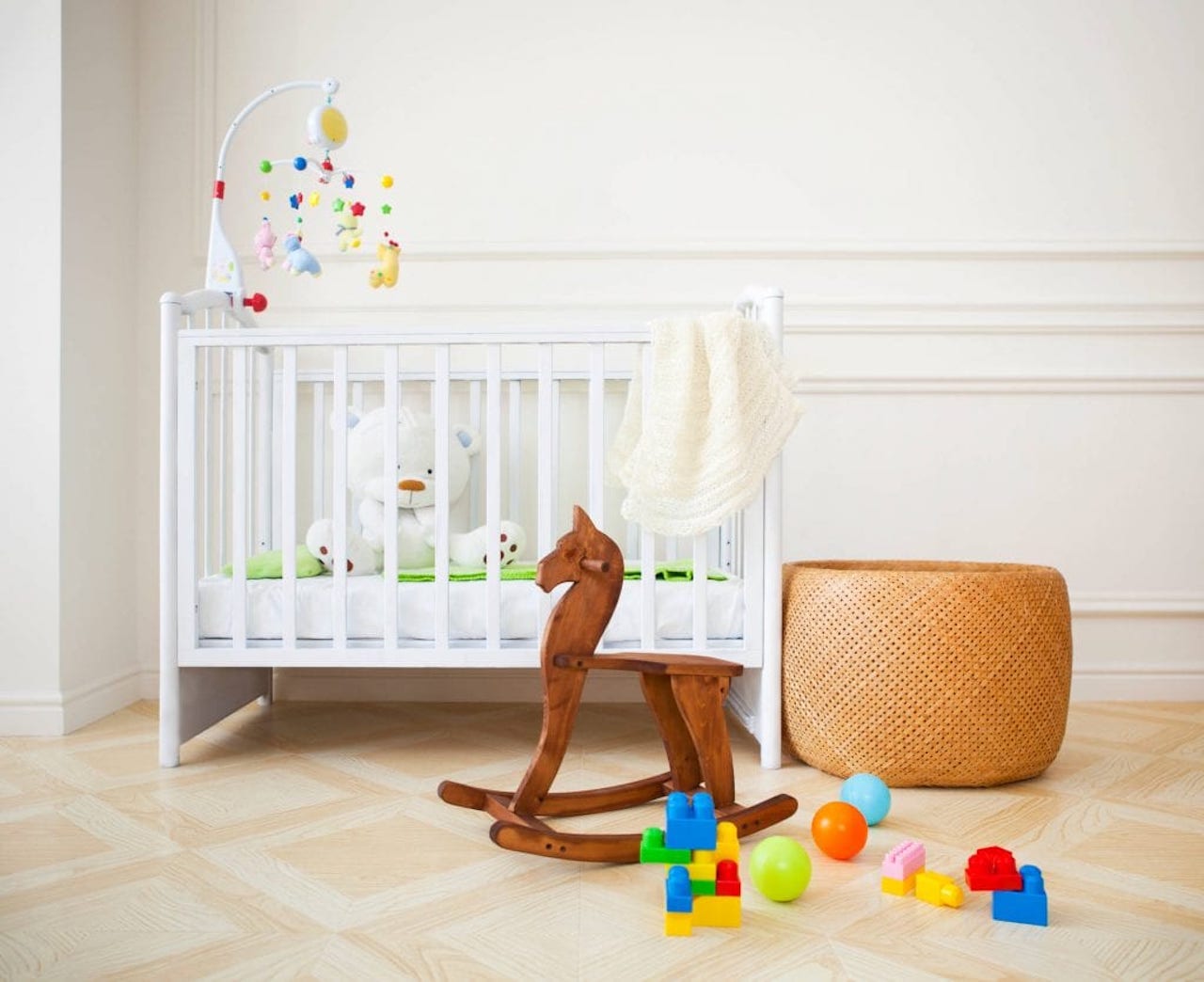

Articles
How To Store Baby Items For Next Baby
Modified: October 29, 2024
Discover effective ways to store baby items for future use in this informative collection of articles. Simplify your organizing process and make room for new memories!
(Many of the links in this article redirect to a specific reviewed product. Your purchase of these products through affiliate links helps to generate commission for Storables.com, at no extra cost. Learn more)
Introduction
Welcome to the wonderful world of parenthood! If you’re a new parent, you have probably accumulated a mountain of baby items over the course of your little one’s first year. From adorable onesies and soft toys to essential gear and feeding supplies, it’s amazing how quickly these items can take up space in your home.
But what happens when your baby outgrows these items or when you’re ready to welcome another bundle of joy? How do you store these baby items to keep them in great condition for the next baby?
In this article, we will provide you with some practical tips and guidance on how to properly sort, organize, and store baby items for the next baby. Whether you plan to use the items for a second child or pass them on to a friend or family member, these tips will ensure that the items remain clean, organized, and ready to be used again.
Please note: When storing baby items for future use, it’s important to carefully assess the quality, condition, and safety of each item. Some items may not be suitable for reuse due to wear and tear or safety concerns. Always prioritize the well-being of your baby and follow current safety guidelines.
Key Takeaways:
- Keep baby items organized by categorizing, decluttering, and labeling. Prioritize frequently used items for easy access. Proper storage ensures items remain in good condition for future use.
- Store baby items in a dry, clean area away from direct sunlight. Clean and sanitize items before storage. Check for recalls and expiration dates to ensure safety and functionality.
Read more: How To Store Bulbs For Next Season
Sorting and Organizing Baby Items
Before you start packing away your baby items, it’s crucial to sort and organize them properly. This will not only make it easier for you to locate specific items later on but also ensure that everything remains in good condition. Here are some steps to help you sort and organize your baby items:
- Categorize by type: Begin by grouping similar items together. Separate baby clothes, toys, gear, feeding essentials, diapers, nursery bedding, bath supplies, and safety equipment into their respective categories. This will make it easier to store and find items when needed.
- Declutter: Go through each category and remove any items that are worn out, broken, or no longer safe for use. This includes items with missing parts or signs of damage. Only keep items that are in good condition and can be safely used for the next baby or passed on to someone else.
- Sort by size: If you have clothes or shoes, sort them by size. This will help you easily identify the appropriate sizes for your next baby’s wardrobe, saving you time when you need to pick out outfits.
- Label and store: Invest in clear storage containers or sturdy boxes and label them according to the category and size of the items inside. This will make it easy to identify what’s inside each box without having to open them all up. You can use masking tape or adhesive labels for this purpose.
- Prioritize frequently used items: If you are planning to have another baby in the near future, set aside some space for items that will be needed on a daily basis, such as a stroller, car seat, or diaper bag. Keep these items easily accessible so you don’t have to dig through all your storage boxes when the time comes.
By sorting and organizing your baby items in a systematic manner, you’ll save yourself time and effort later on when you need to retrieve them for the next baby. Additionally, it will prevent items from getting lost or damaged during storage.
Storing Baby Clothes
As your baby outgrows their adorable onesies and tiny mittens, it’s important to properly store their clothes to keep them in good condition for the next baby. Here are some tips for storing baby clothes:
- Wash and dry: Before storing baby clothes, make sure to wash and properly dry them. This will help remove any lingering stains or odors and ensure that they are fresh and ready to use for the next baby.
- Sort by size and season: Separate the clothes by size and season. Keep newborn clothes separate from 3-6 months, 6-9 months, and so on. This will help you easily locate the right size when needed. Consider using vacuum-sealed bags or storage bins to keep each size organized.
- Use acid-free tissue paper: To prevent delicate fabrics from yellowing or becoming damaged, layer acid-free tissue paper between the clothes when folding them. This will provide an extra layer of protection and help maintain their quality.
- Avoid plastic bags: While it may be tempting to use plastic bags for storage, they can trap moisture and lead to mold or mildew growth. Opt for breathable storage containers or cotton storage bags instead.
- Avoid using mothballs: Mothballs contain harmful chemicals and should be avoided when storing baby clothes. Instead, consider using natural alternatives such as lavender sachets or cedar chips to repel insects.
- Store in a cool, dry place: Choose a storage area that is cool, dry, and away from direct sunlight. Basements and attics may not be ideal due to fluctuating temperatures and humidity levels. A closet or under-bed storage can be great options.
- Label the storage containers: To easily identify the contents of each storage container, label them with the size and season of the clothes inside. This will save you time when you need to retrieve specific items for the next baby.
Remember, proper storage is key to preserving the quality of baby clothes for future use. By following these tips, you can ensure that your baby’s clothes are in excellent condition when it’s time to dress your next little one.
Storing Baby Toys
Baby toys play a crucial role in your little one’s development and entertainment. When it’s time to store them for future use, it’s important to do so in a way that keeps them clean, organized, and easily accessible. Here are some tips for storing baby toys:
- Clean the toys: Thoroughly clean and sanitize each toy before storing it. Use mild soap and warm water to wash plastic toys, and consider using a disinfectant spray or wipes for soft toys. Allow the toys to dry completely before storage.
- Sort by type: Separate toys into different categories, such as stuffed animals, plastic toys, board books, and sensory toys. This will help you easily locate specific types of toys when needed.
- Remove batteries: If a toy requires batteries, remove them before storing. Batteries left in toys for an extended period can leak and cause damage. Store the batteries separately in a cool, dry place.
- Use clear plastic bins: Invest in clear plastic bins or storage containers for toy storage. This allows you to see the contents of each bin without having to open them all up. You can also label the bins based on the type of toys inside.
- Consider storage bags: For soft toys or collections of small toys, consider using storage bags. These can be hung on hooks or stored in a larger bin, saving space and keeping small toys together.
- Don’t overstuff: Avoid overstuffing storage containers or bins, as it can damage toys and make it difficult to retrieve specific items. Leave some room for future additions or new toys.
- Rotate toys: If you have a sizeable collection of baby toys, consider rotating them every few months. This keeps your little one engaged and excited about their toys without overwhelming them.
- Store in a dry area: Select a storage area that is dry and free from moisture. Avoid places like basements or garages that may experience fluctuations in temperature and humidity.
By following these tips, you can ensure that your baby’s toys are stored in a way that keeps them clean, organized, and ready for playtime when the next baby arrives. Plus, it will make it easier for you to find and retrieve specific toys when you need them.
Storing Baby Gear
As your baby grows, so does the collection of baby gear that accumulates in your home. From strollers and car seats to high chairs and playpens, properly storing baby gear is important to keep it in good condition for future use. Here are some tips for storing baby gear:
- Clean and sanitize: Before storing any baby gear, make sure to clean and sanitize it. Follow the manufacturer’s instructions for cleaning each item. Remove any food crumbs, stains, or dirt, and disinfect surfaces to ensure the gear is ready for use when needed.
- Disassemble if possible: If your baby gear is easily collapsible or disassemblable like strollers or high chairs, it’s best to disassemble them before storing. This will save space and make it easier to pack them away.
- Keep accessories together: If your baby gear has accessories or small parts that need to be stored with it, keep them together in a labeled bag or container. This will make it easier to locate and assemble the gear when needed.
- Check for recalls: Before storing baby gear, check for any recalls or safety updates. It’s important to ensure that the gear meets current safety standards and hasn’t been recalled for any reasons. Visit the manufacturer’s website or the Consumer Product Safety Commission’s website for the latest information.
- Use protective covers: For items like car seats or bassinets, consider using protective covers or bags to prevent dust and keep them clean during storage. Opt for covers that allow for proper ventilation to prevent moisture buildup.
- Store in a dry area: Choose a storage area that is dry and free from humidity. Basements or garages may not be ideal due to fluctuations in temperature and moisture levels. A closet, under-bed storage, or a dedicated storage room are better options.
- Keep instruction manuals: Store instruction manuals for baby gear along with the items. This will be useful when you need to reassemble or use the gear in the future.
- Don’t store heavy items on top: When stacking or arranging baby gear in storage, avoid placing heavy items on top of delicate or lightweight ones. This prevents any potential damage or deformation of the gear.
By following these tips, you can ensure that your baby gear remains in excellent condition for the next baby or for someone who may borrow it. Proper storage will not only keep the gear clean and organized but also extend its lifespan for future use.
Read more: How To Store Baby Spinach
Storing Baby Feeding Essentials
Feeding your baby is an essential part of their growth and development. When it comes to storing baby feeding essentials, it’s important to maintain cleanliness and ensure that items remain in good condition. Here are some tips for storing baby feeding essentials:
- Clean thoroughly: Wash all feeding essentials, such as bottles, nipples, and breast pump parts, with warm soapy water. In the case of breast pump parts, follow the manufacturer’s instructions for cleaning and sanitizing.
- Sanitize if needed: Some feeding essentials, like bottles and nipples, can be sanitized by boiling them in water for a few minutes or using a steam sterilizer. Make sure everything is completely dry before storing.
- Organize by type: Group similar items together, such as bottles, nipples, breast pump parts, and feeding utensils. This will make it easier to find specific items when needed.
- Consider using storage racks: Use specially designed drying or storage racks to keep the items organized and allow them to air dry thoroughly. This will help prevent the growth of mold or mildew.
- Store in a clean and dry area: Choose a clean and dry storage area for baby feeding essentials. Avoid storing them in areas prone to humidity or temperature fluctuations, as this can affect the items’ condition.
- Avoid stacking bottles with nipples attached: If using bottles with attached nipples, avoid stacking them on top of each other, as this can cause the nipples to get misshapen or deformed. Store them with the nipples facing upward or separately in designated containers.
- Label and date homemade food: If you prepare homemade baby food, store it in airtight containers or freezer bags. Label each container with the contents and date to ensure freshness and easy identification.
- Check expiration dates: Be mindful of the expiration dates on items like formula or baby food. Use the oldest items first and avoid storing them for too long after the recommended date.
Properly storing baby feeding essentials not only ensures the cleanliness and safety of the items but also makes it easier for you to access them when needed. By following these tips, you can confidently store your baby’s feeding essentials for future use or for passing them on to others.
Store baby items in clear, labeled bins to easily identify and access them for the next baby. Keep them in a dry, cool place to prevent damage.
Storing Baby Diapers and Wipes
Diapers and wipes are essential items for diaper changes and maintaining your baby’s hygiene. Proper storage of these items ensures that they remain clean, readily accessible, and in good condition. Here are some tips for storing baby diapers and wipes:
- Choose a dedicated storage area: Allocate a specific area in your home for storing diapers and wipes. This can be a drawer, shelf, or a diaper caddy that you can easily carry from room to room.
- Organize by size and type: Keep diapers organized by size and type. Separate newborn diapers from larger sizes, and keep cloth diapers separate from disposables. This will make it easier for you to grab the right size quickly.
- Use storage containers or baskets: Consider using storage containers or baskets to keep diapers and wipes neatly arranged. This not only keeps them organized but also prevents exposure to dust and humidity.
- Label containers: Label each container or basket with the diaper size or type. This will save you time during diaper changes, especially when you have multiple sizes or types of diapers.
- Monitor diaper supply: Keep track of your diaper supply to avoid running out when you need them the most. This will allow you to replenish your stock in a timely manner.
- Avoid exposure to moisture: Store diapers and wipes in a dry area away from direct sunlight or humidity. Excessive moisture can cause diapers to become damp or moldy.
- Keep wipes accessible: Store your wipes in a dispenser or container that allows for easy one-handed access. This will make diaper changes quicker and more convenient.
- Consider travel-sized packs: To make diaper changes on the go easier, keep a few travel-sized packs of diapers and wipes handy in your diaper bag or car.
- Rotate older stock: If you buy diapers and wipes in bulk, make sure to rotate your stock. Use the older packs first to ensure they are used before their expiration date.
By following these tips, you can ensure that your baby’s diapers and wipes are stored in a clean and organized manner, making diaper changes a breeze. Proper storage also helps to maintain the quality of the products and ensures they are readily available whenever you need them.
Storing Nursery Bedding and Decor
The nursery is a special space where your baby sleeps and plays. When it comes to storing nursery bedding and decor, it’s important to preserve their quality and keep them organized for future use or for passing them on to someone else. Here are some tips for storing nursery bedding and decor:
- Clean and launder: Before storing nursery bedding, make sure to clean and launder everything. Wash the crib sheets, blankets, and any fabric items according to the manufacturer’s instructions. Allow them to dry completely before storing.
- Store bedding in sets: Keep all the components of a bedding set together, such as fitted sheets, flat sheets, blankets, and pillowcases. This makes it easier to set up the crib in the future without having to search for matching pieces.
- Fold neatly: Fold bedding and blankets neatly to minimize wrinkles and creases. Consider using acid-free tissue paper to layer between folds to ensure they stay in pristine condition.
- Separate seasonal bedding: If you have specific bedding sets for different seasons, separate them and store them in labeled containers. This way, you can easily rotate and access the appropriate bedding as the seasons change.
- Protect delicate items: For delicate or sentimental nursery decor, such as mobiles or wall art, wrap them in bubble wrap or tissue paper to prevent them from getting damaged during storage. Store them in sturdy boxes or bins to keep them safe.
- Label storage containers: To easily identify the contents, label each storage container with a description of what’s inside. This will save time when you need to find specific items for the nursery in the future.
- Avoid exposure to light: Store nursery bedding and decor in a dark area away from direct sunlight. Prolonged exposure to light can cause colors to fade over time.
- Consider hanging wall art: If you have wall art or decals that can be easily removed, consider hanging them on a dedicated hook or using clips. This way, they stay flat and wrinkle-free during storage.
- Store in a climate-controlled area: Opt for a storage area that is climate-controlled, such as a closet or under-bed storage. This helps maintain a consistent temperature and protects the bedding and decor from extreme heat or cold fluctuations.
By following these tips, you can ensure that your nursery bedding and decor remain in excellent condition for future babies or for someone else to cherish. Proper storage will preserve the quality and beauty of these items until they are ready to be used again.
Storing Baby Bath Supplies
Bath time is a special bonding experience with your baby, and properly storing their bath supplies ensures that they are clean, organized, and easily accessible. Here are some tips for storing baby bath supplies:
- Clean and dry: Before storing bath supplies, make sure to clean and dry them thoroughly. Wash any bath toys, rinse out washcloths and towels, and ensure that bottles of shampoo or baby wash are tightly sealed.
- Get a bath caddy or organizer: Invest in a bath caddy or organizer to keep all the essentials neatly arranged in one place. This can include items like baby shampoo, washcloths, towels, and bath toys.
- Consider the bathroom layout: Find a convenient spot in your bathroom to store the bath supplies. It could be a shelf, a cabinet, or a storage bin that fits in the available space.
- Keep bath toys clean and dry: Allow bath toys to dry completely after each bath and avoid leaving them in the bathtub where they can accumulate mold or mildew. Store them in a hanging mesh bag or caddy that allows them to drain and air dry.
- Use storage bins or baskets: For folded washcloths and towels, consider using storage bins or baskets to keep them organized. This makes it easy to grab a fresh towel or washcloth during bath time.
- Label storage containers: To easily locate specific items, label storage containers or baskets with the contents. This saves time and helps maintain order in the bathroom.
- Avoid clutter: Keep the bathroom clutter-free by regularly decluttering bath supplies. Discard or donate items you no longer need or use to create more space for essential items.
- Store in a dry area: Choose a dry storage area for bath supplies to prevent moisture build-up. Bathrooms with good ventilation or a dedicated linen closet are ideal options.
- Check expiration dates: Review the expiration dates on baby products like baby wash or lotion. Use up products before they expire and dispose of expired items properly.
By following these tips, you can ensure that your baby’s bath supplies are stored in a clean, organized, and convenient manner. A well-organized bath area will make bath time enjoyable for both you and your baby.
Read more: How To Store Baby Wipes
Storing Baby Safety Equipment
Keeping your baby safe is a top priority as a parent, and storing baby safety equipment properly ensures that it remains in good condition and ready for use when needed. Here are some tips for storing baby safety equipment:
- Clean and inspect: Before storing safety equipment, clean and inspect each item. Wipe down surfaces, replace batteries if needed, and check for any damage or wear and tear. Ensure that all items are in proper working condition.
- Keep manuals and instructions: Store the manuals and instructions for each safety item along with the equipment. This allows you to refer back to them if needed and ensures that you have the necessary information for proper usage.
- Use original packaging or storage bags: Whenever possible, store safety equipment in their original packaging or in designated storage bags. This helps protect the equipment from dust, moisture, and damage.
- Sort by type: Categorize safety equipment by type, such as baby gates, cabinet locks, electrical outlet covers, and corner protectors. This makes it easier to locate specific items when needed.
- Label storage containers: Label storage containers or bins with the contents or type of safety equipment inside. This saves time when you need to find and retrieve specific items for installation.
- Choose a secure storage area: Select a storage area that is safe, secure, and out of reach of children. This could be a locked cabinet or a high shelf where curious little hands cannot access the safety equipment.
- Regularly check and update: Periodically check the expiration dates or recommended lifespan of safety equipment like car seats or baby monitors. Replace them as necessary to ensure that you always have up-to-date and functional equipment.
- Store in a dry area: Opt for a dry storage space for baby safety equipment. Avoid areas prone to moisture, such as basements or garages, as these can negatively affect the functionality and durability of the equipment.
- Keep track of recalls: Stay informed about product recalls and safety updates for baby safety equipment. Register your products with the manufacturers or sign up for recall notifications to ensure that your equipment is safe and up to date.
By following these tips, you can ensure that your baby’s safety equipment remains in good condition and readily available when needed. Proper storage not only helps preserve the lifespan of the equipment but also offers you peace of mind knowing that you can provide a safe environment for your little one.
Conclusion
Properly storing baby items is essential for maintaining their quality, cleanliness, and functionality for future use. Whether you plan to have another baby, pass the items on to a friend or family member, or simply want to keep them organized, following these storage tips will ensure that your baby items are in great condition when you need them again.
Sorting and organizing baby items by category, size, and season will make it easier to locate specific items down the line. Cleaning and properly packaging items, such as baby clothes, toys, gear, feeding essentials, diapers, nursery bedding, bath supplies, and safety equipment, will help preserve their quality during storage.
Labeling storage containers, rotating stock, and checking for any recalls or expiration dates are all important steps to ensure the safety and functionality of the stored items. Choosing suitable storage areas that are dry, away from direct sunlight, and in a climate-controlled environment helps maintain the integrity of the items over time.
Remember, safety should always be a priority when storing baby items. Carefully assess the condition and suitability of each item before storing or passing it on for future use.
By implementing these storage techniques, you’ll reduce clutter in your home, create a well-organized storage system, and ensure that your baby items are ready to be used again for the next baby or enjoyed by someone else. Plus, you’ll have peace of mind knowing that you’ve taken the necessary steps to keep your baby items in the best possible condition.
So, take the time to sort, clean, and properly store your baby items, and enjoy the convenience of having everything organized and ready for the next baby adventure!
Frequently Asked Questions about How To Store Baby Items For Next Baby
Was this page helpful?
At Storables.com, we guarantee accurate and reliable information. Our content, validated by Expert Board Contributors, is crafted following stringent Editorial Policies. We're committed to providing you with well-researched, expert-backed insights for all your informational needs.
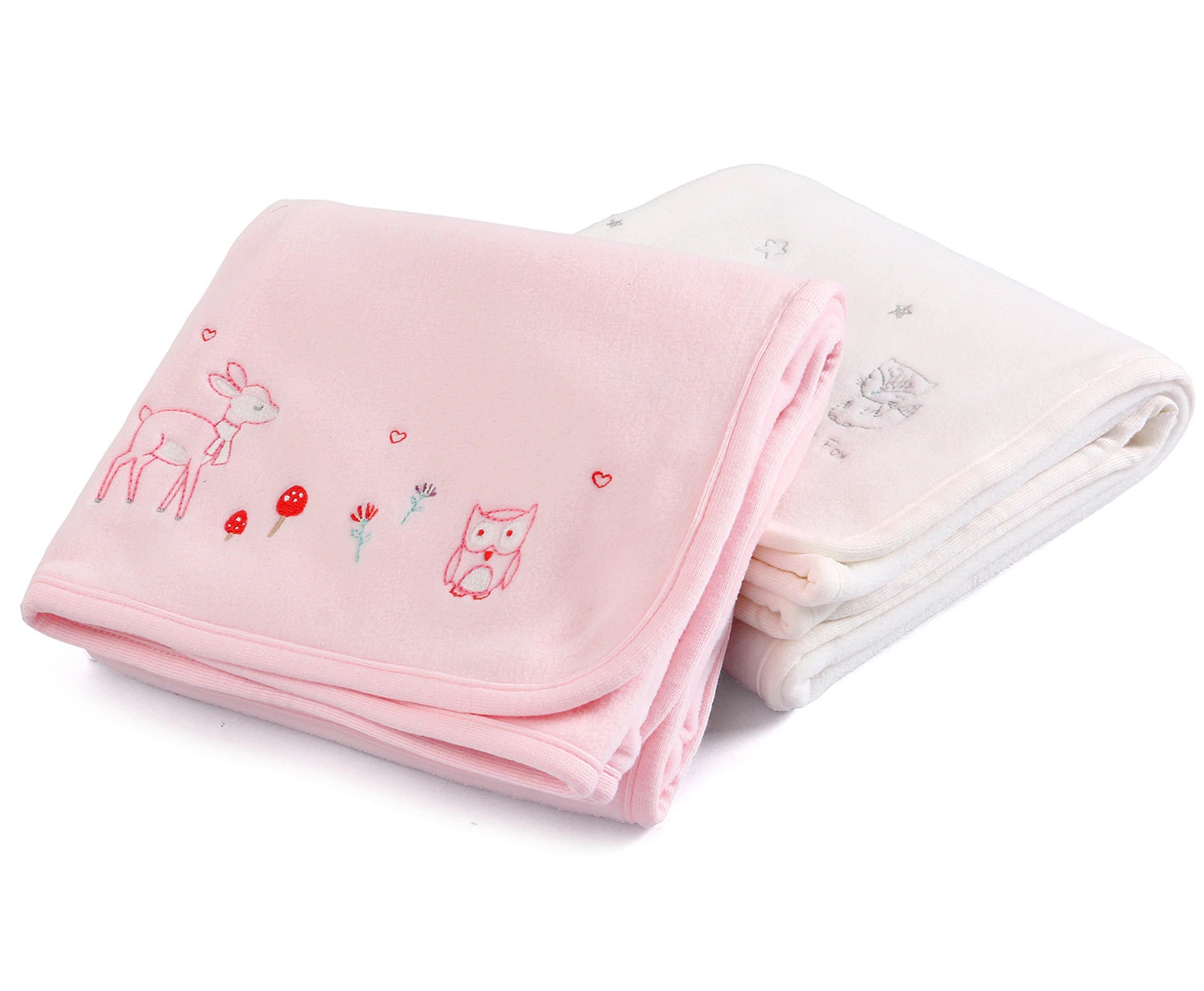
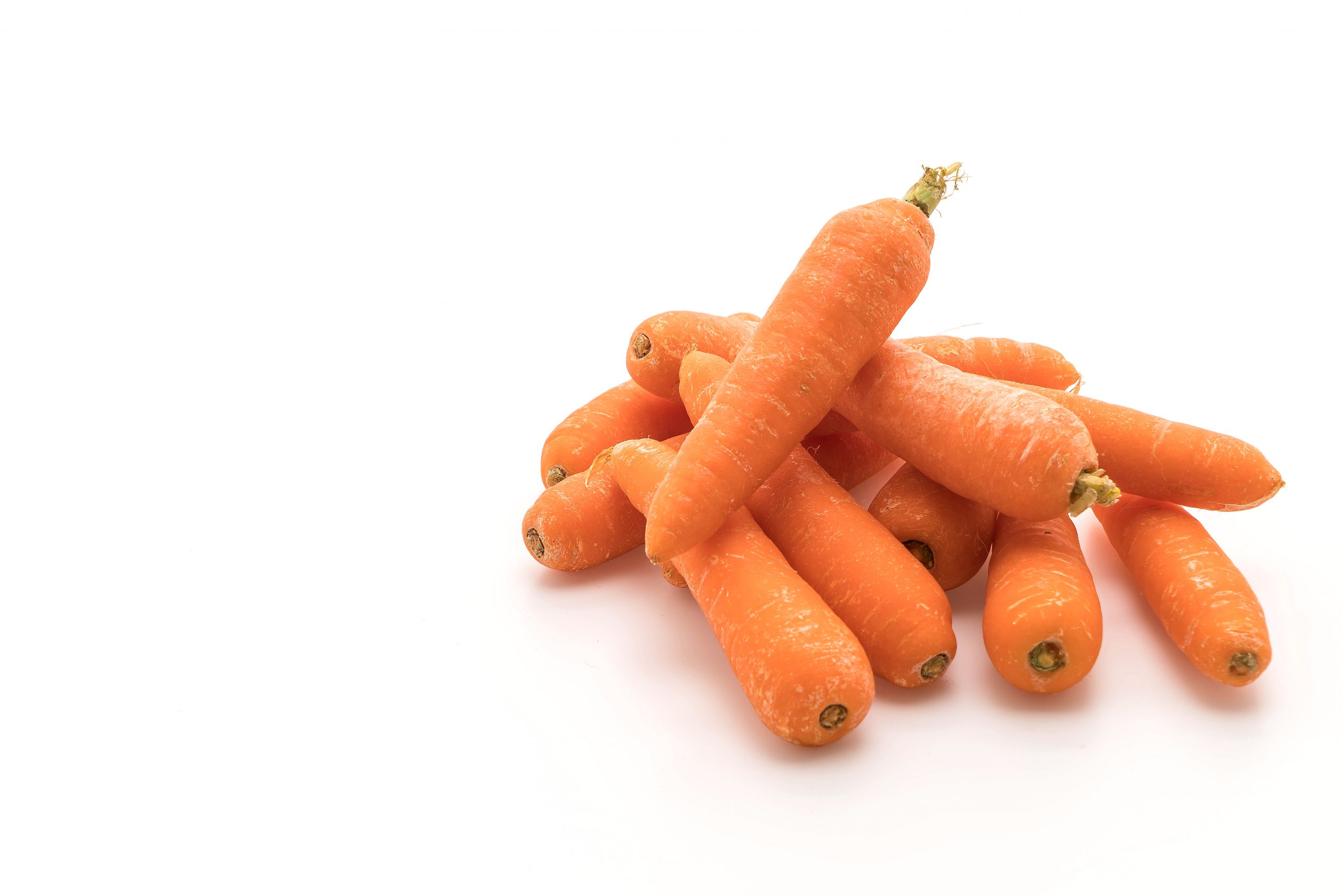

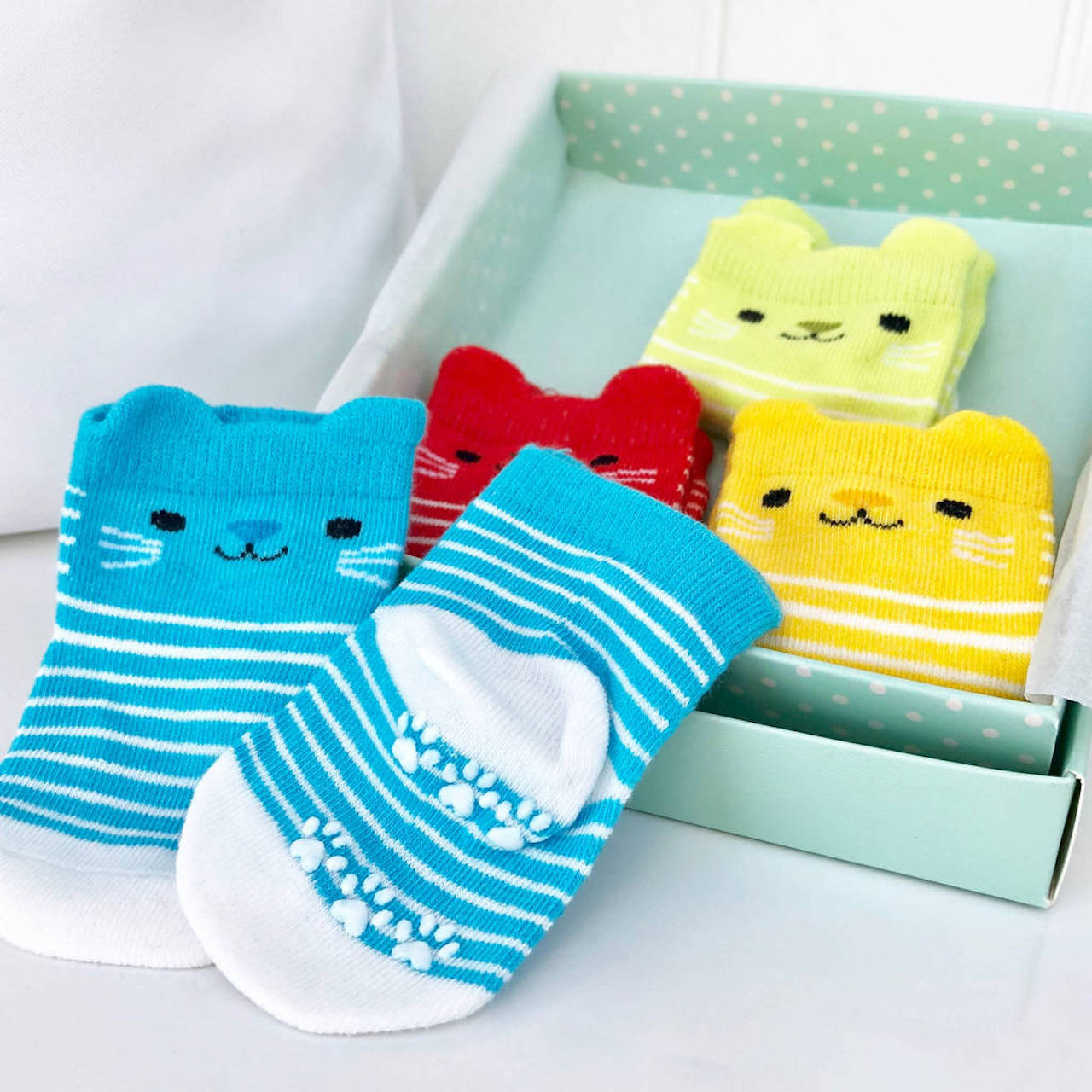
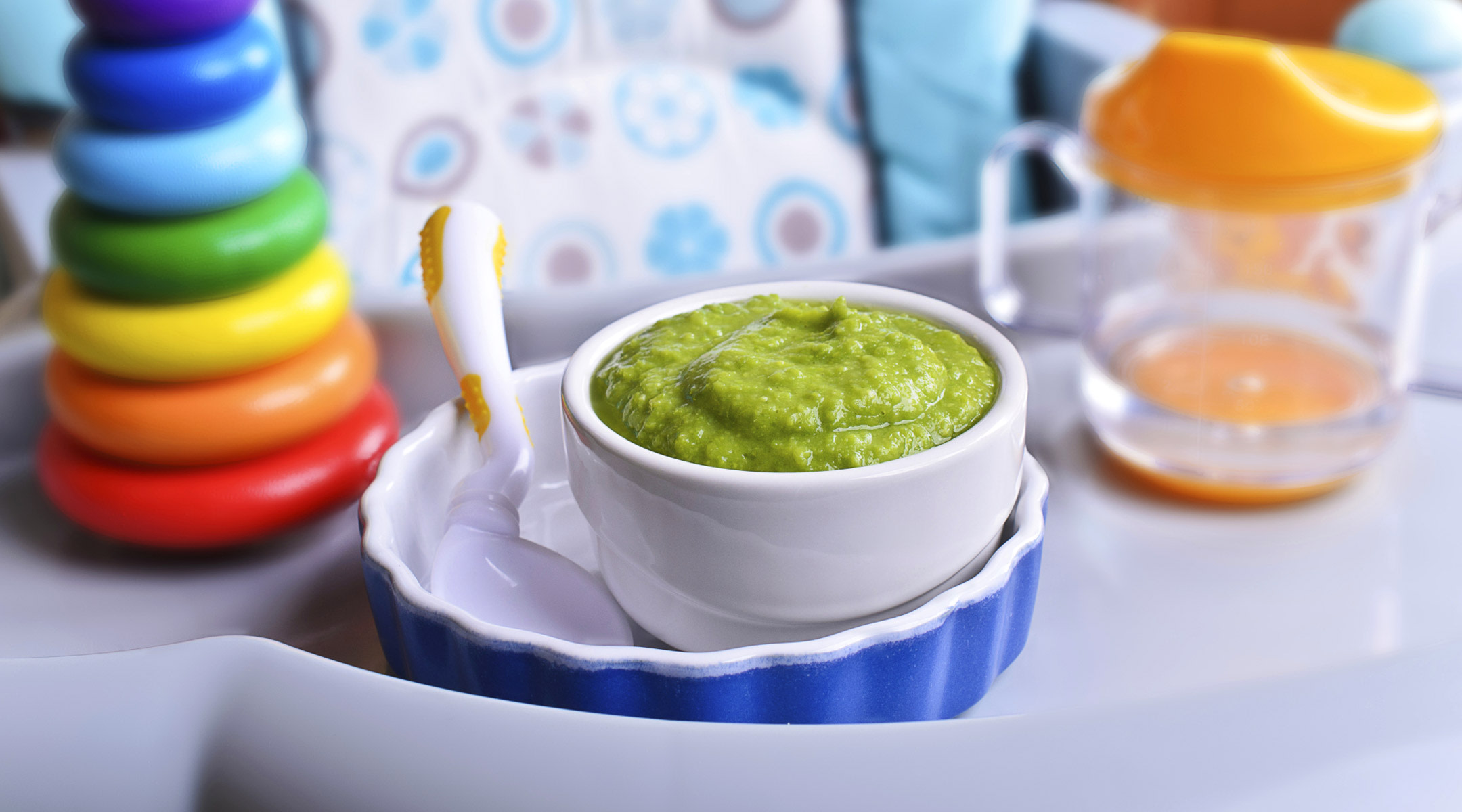
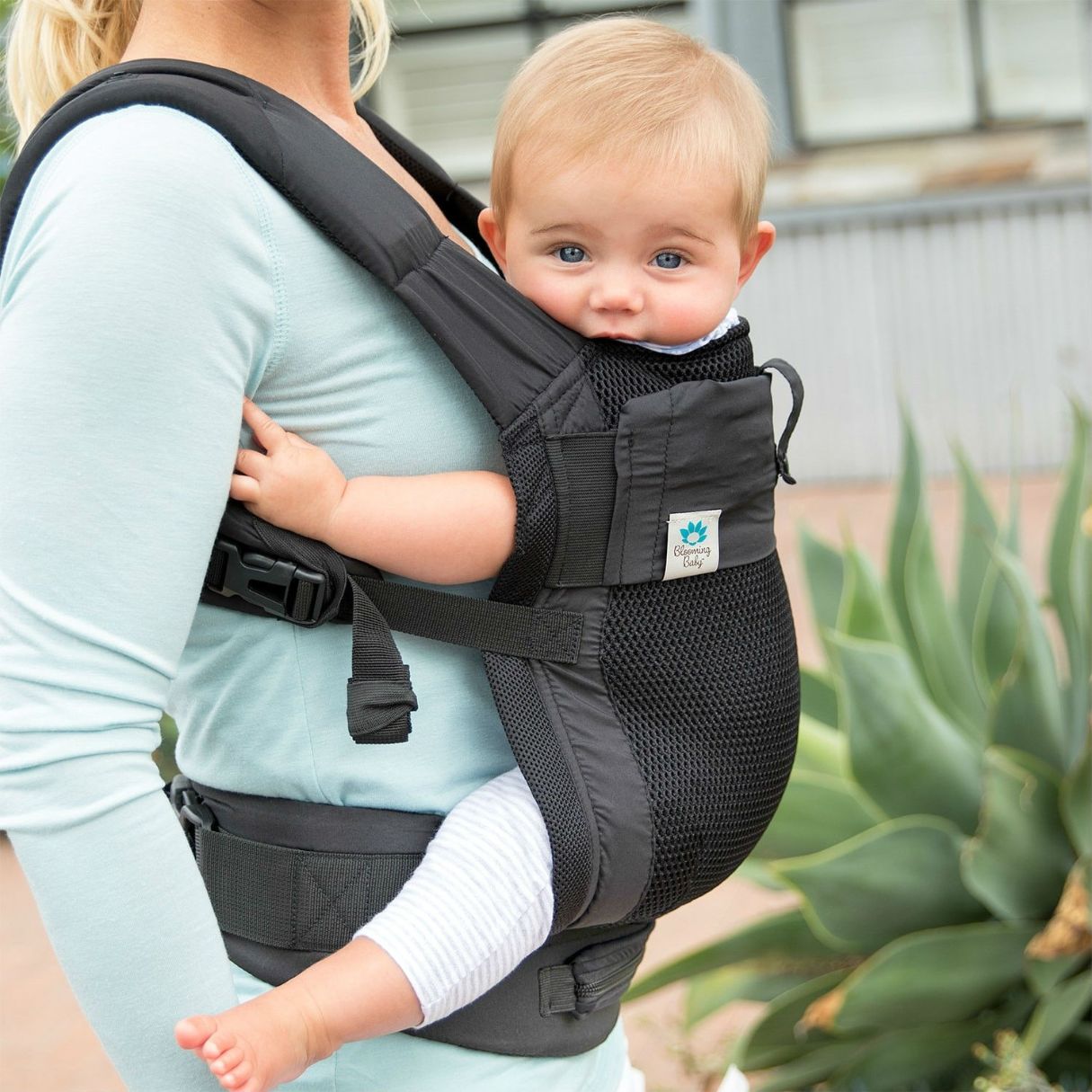
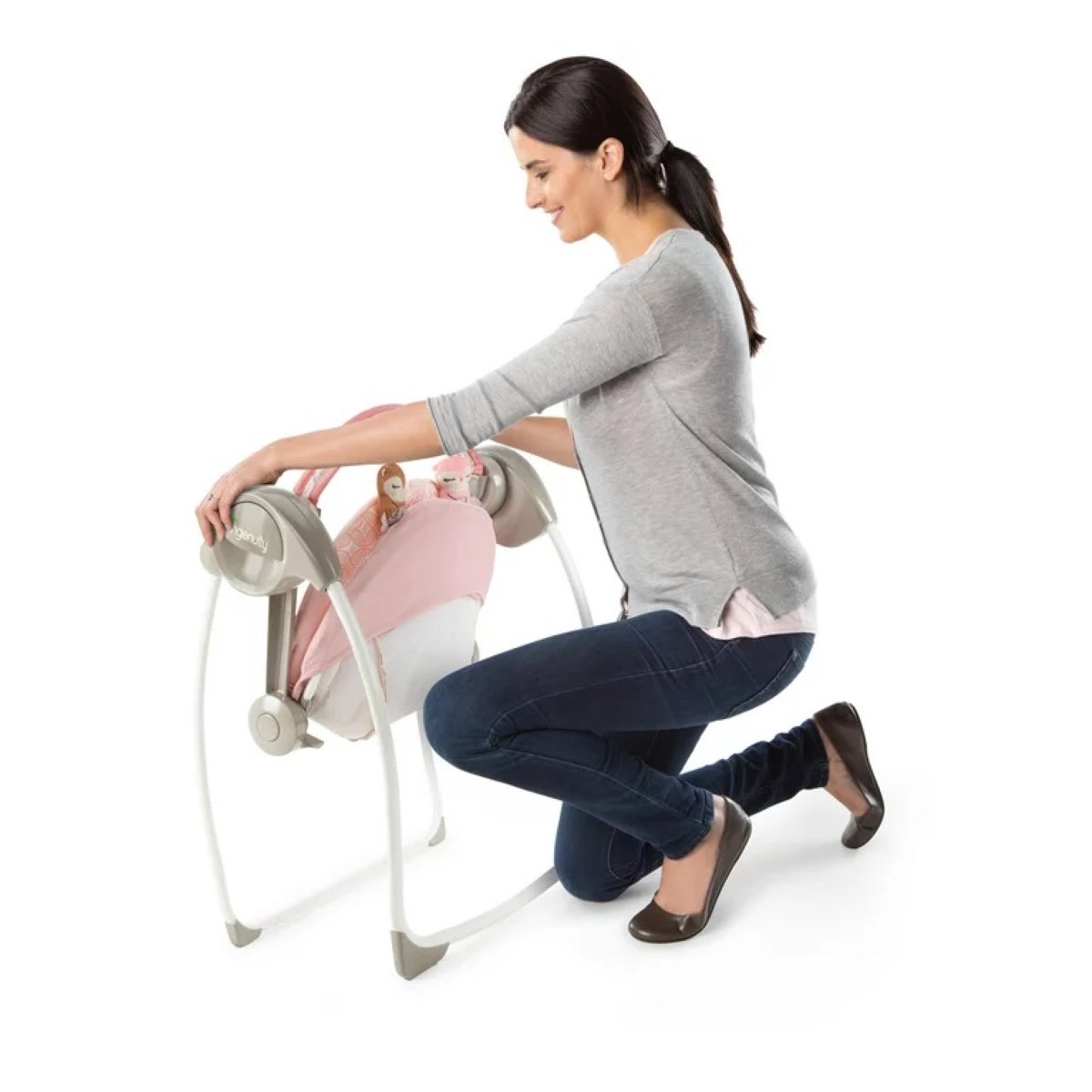
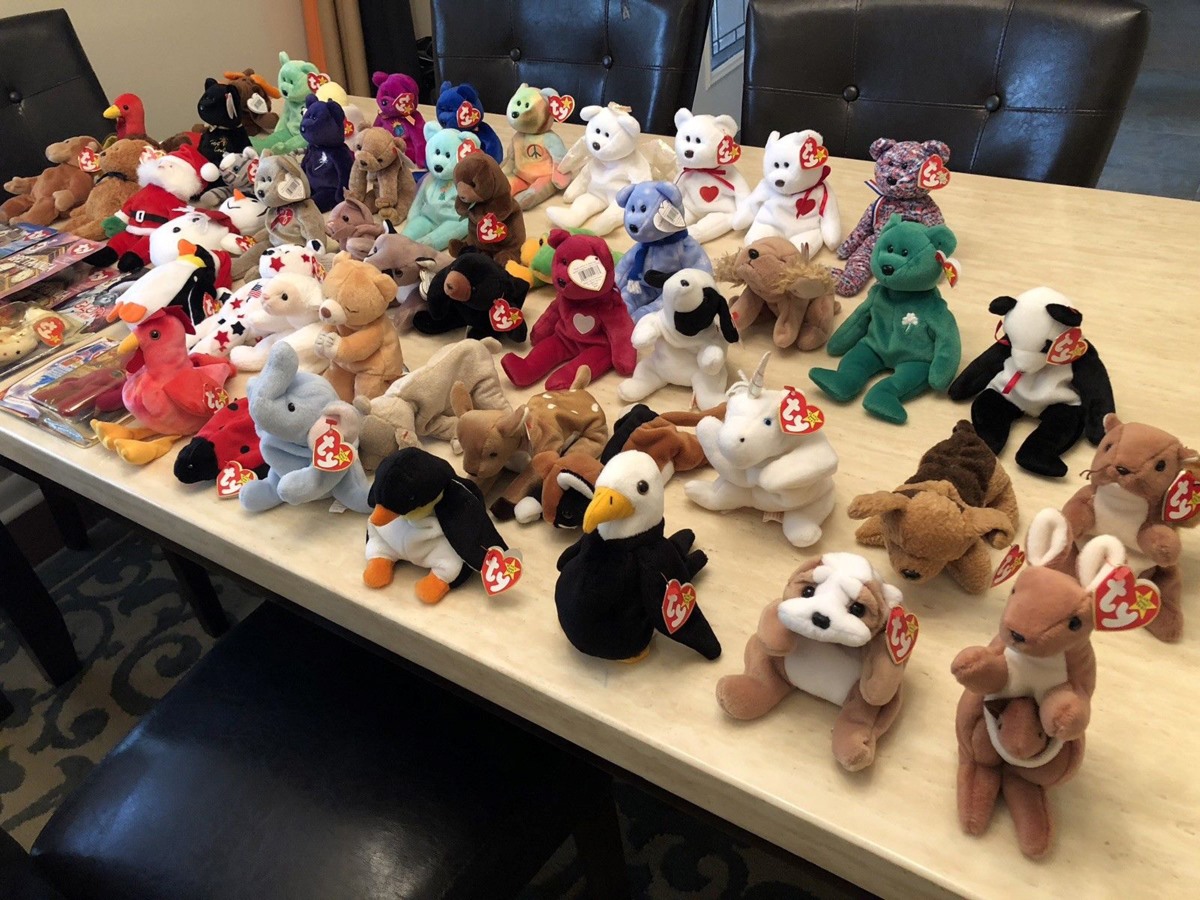
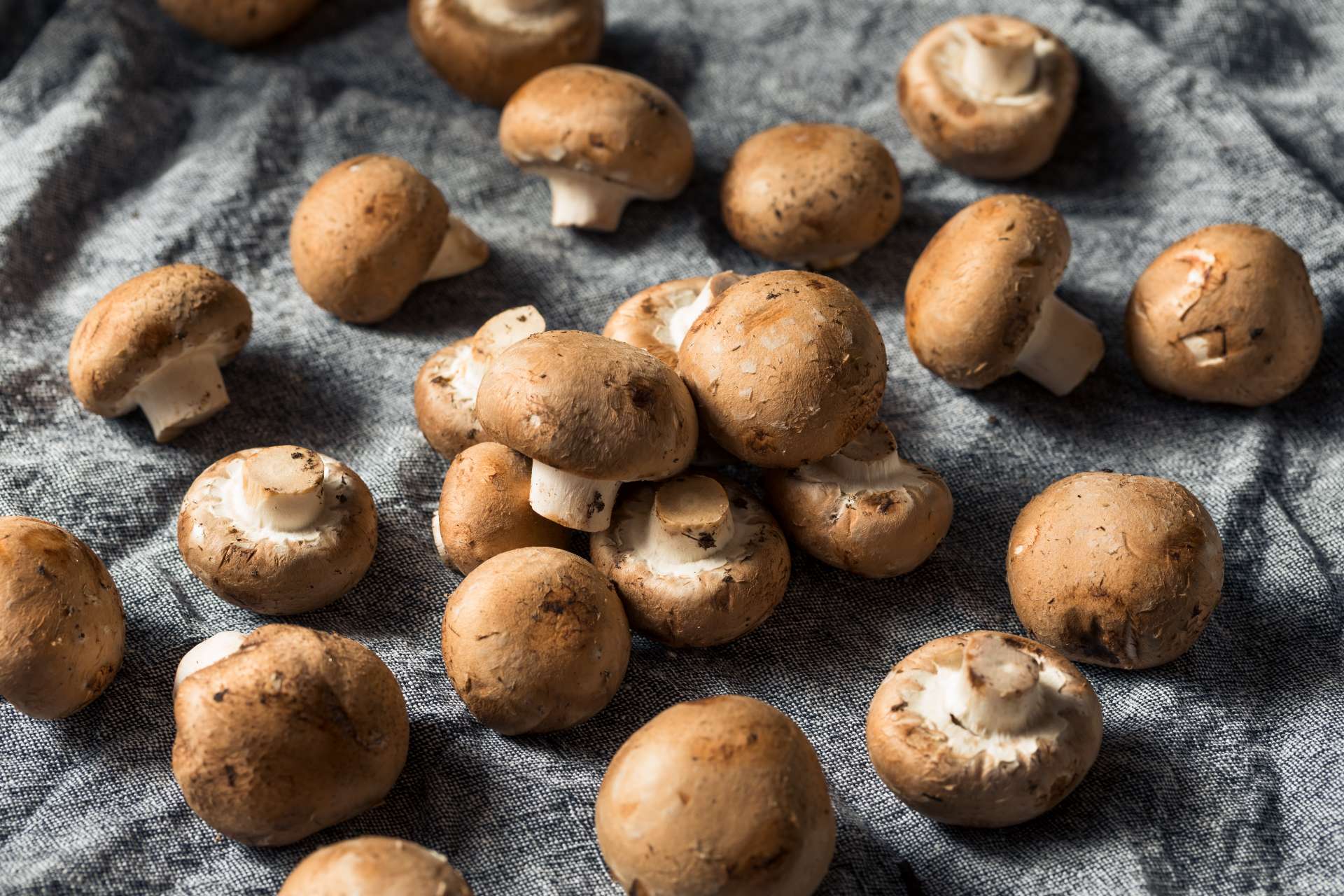
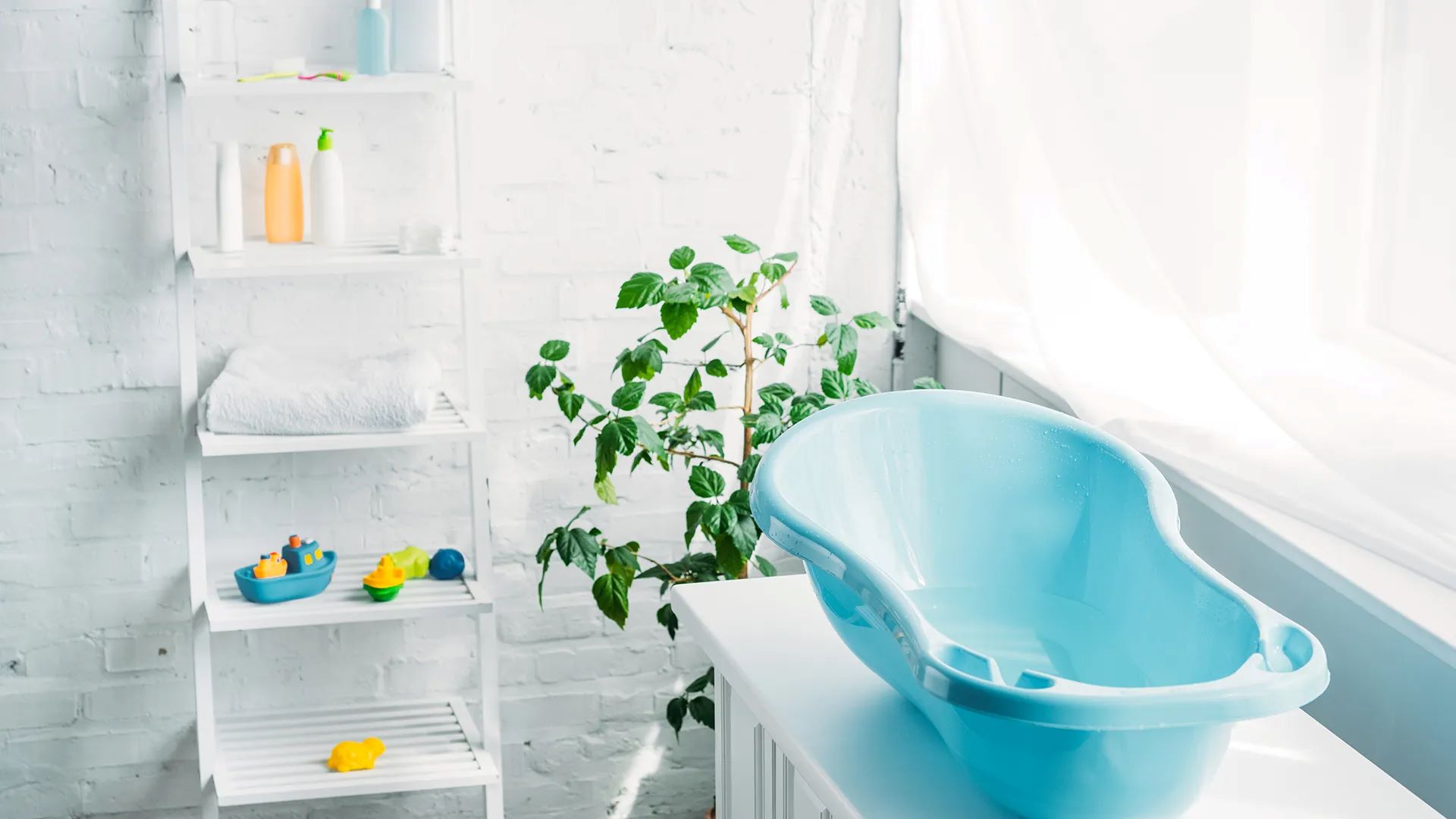
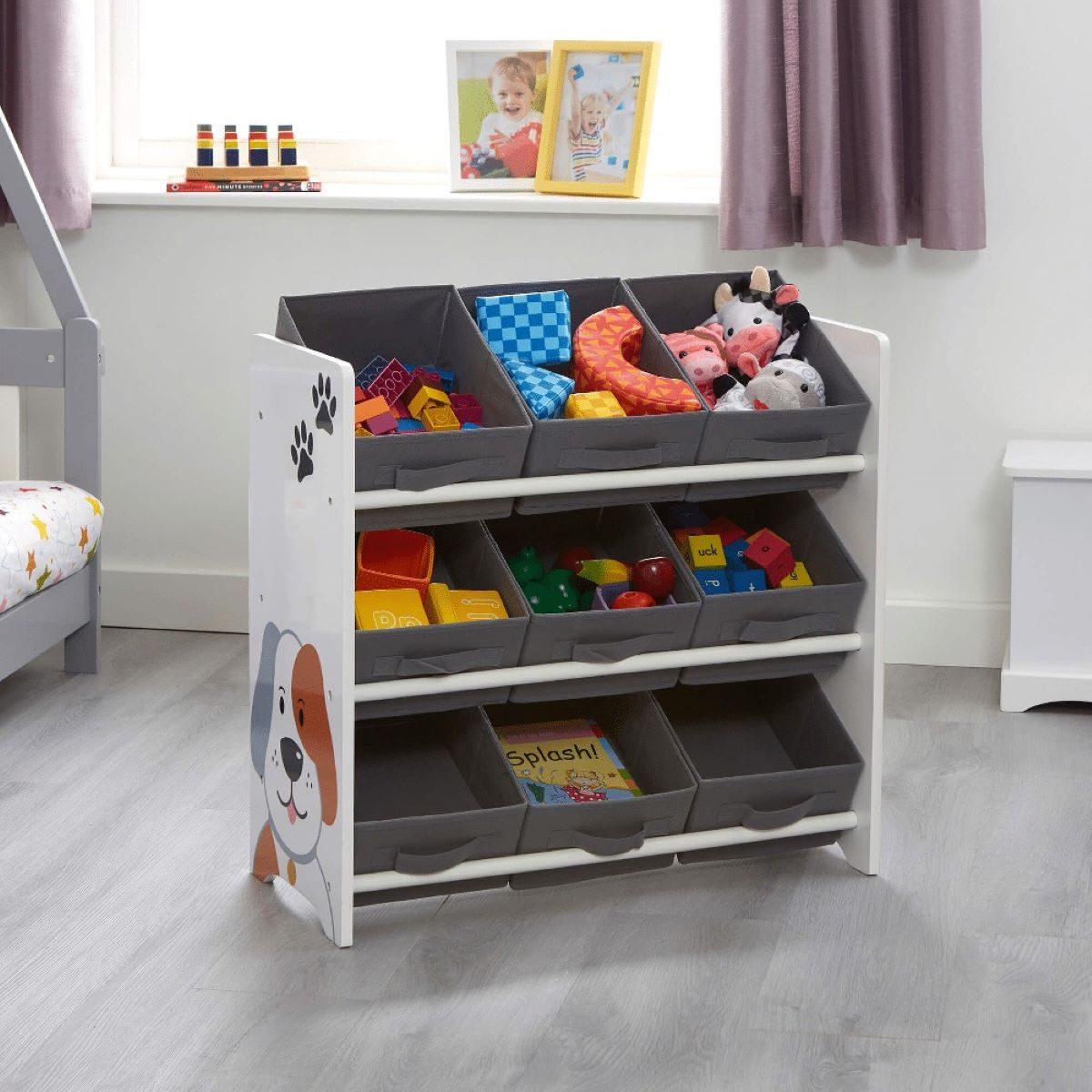
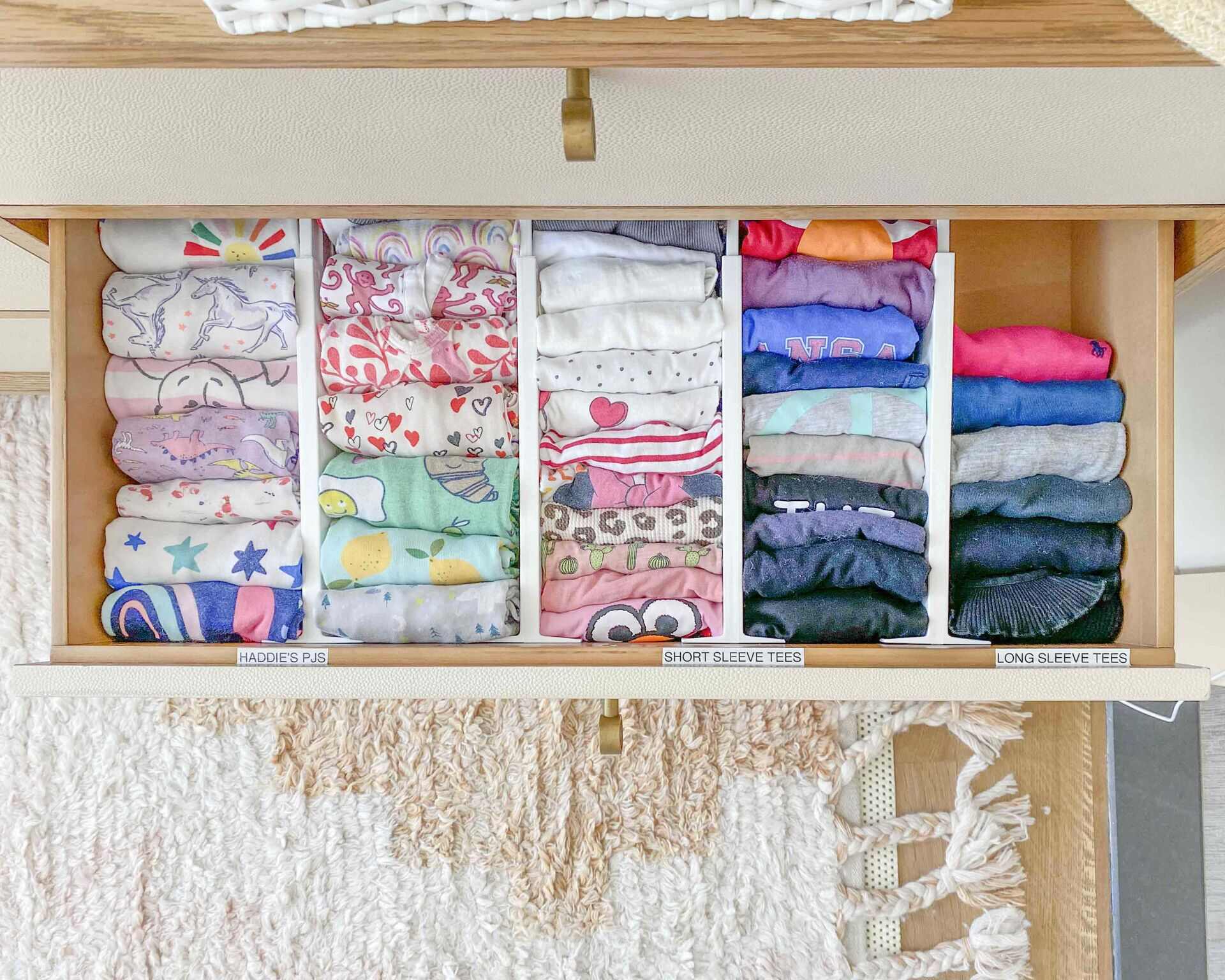
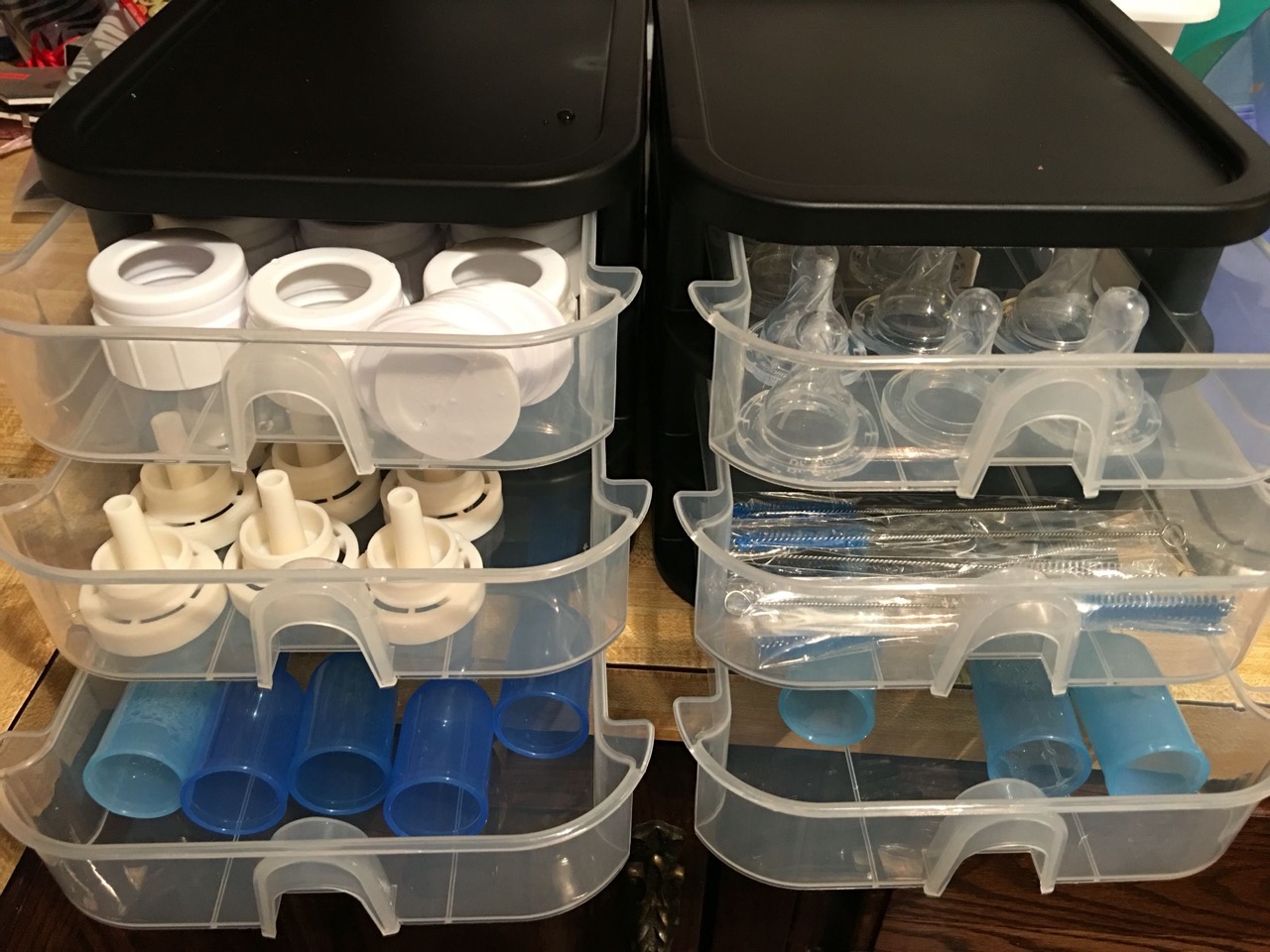

0 thoughts on “How To Store Baby Items For Next Baby”